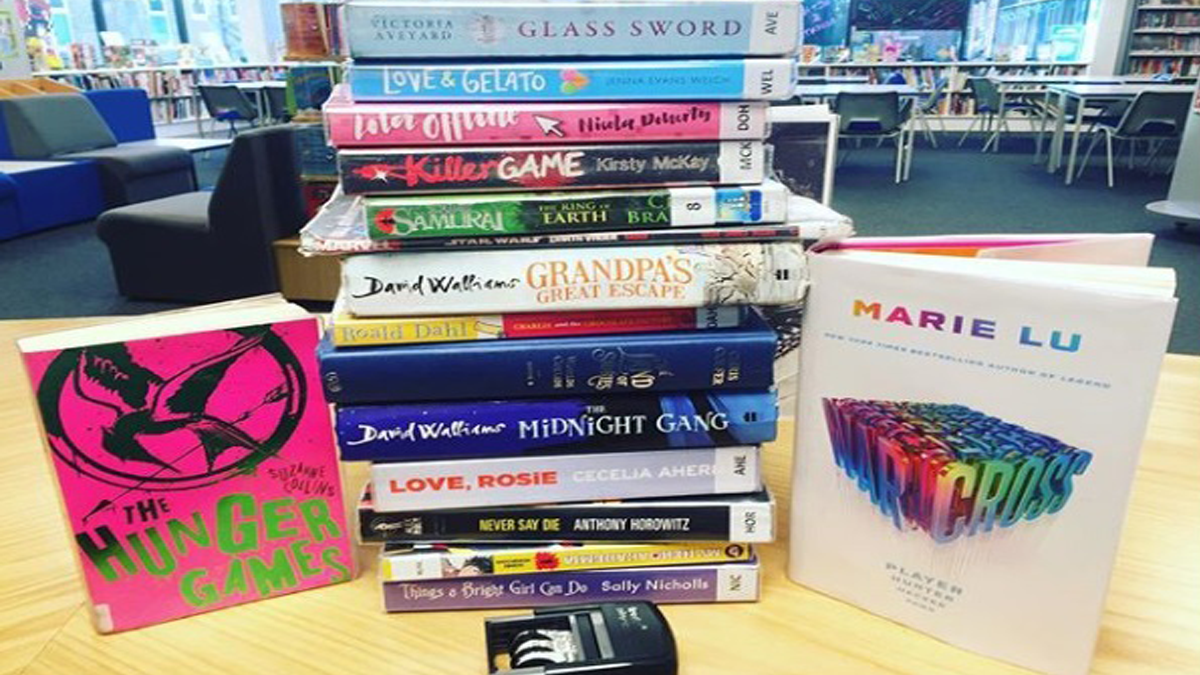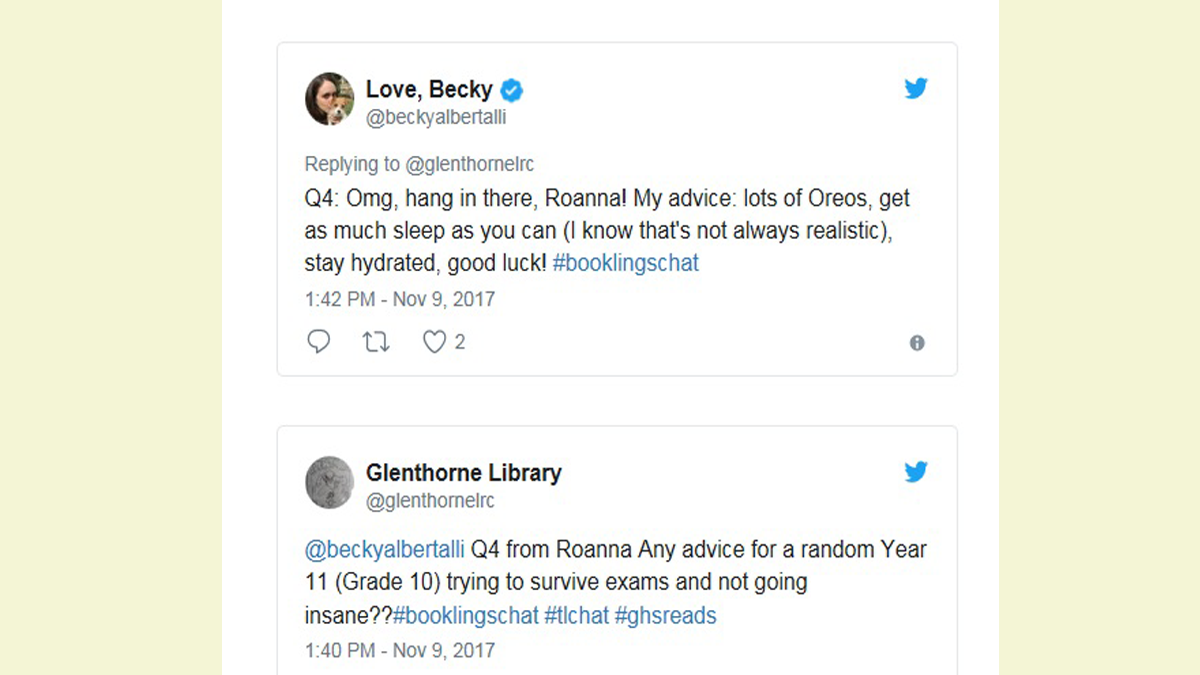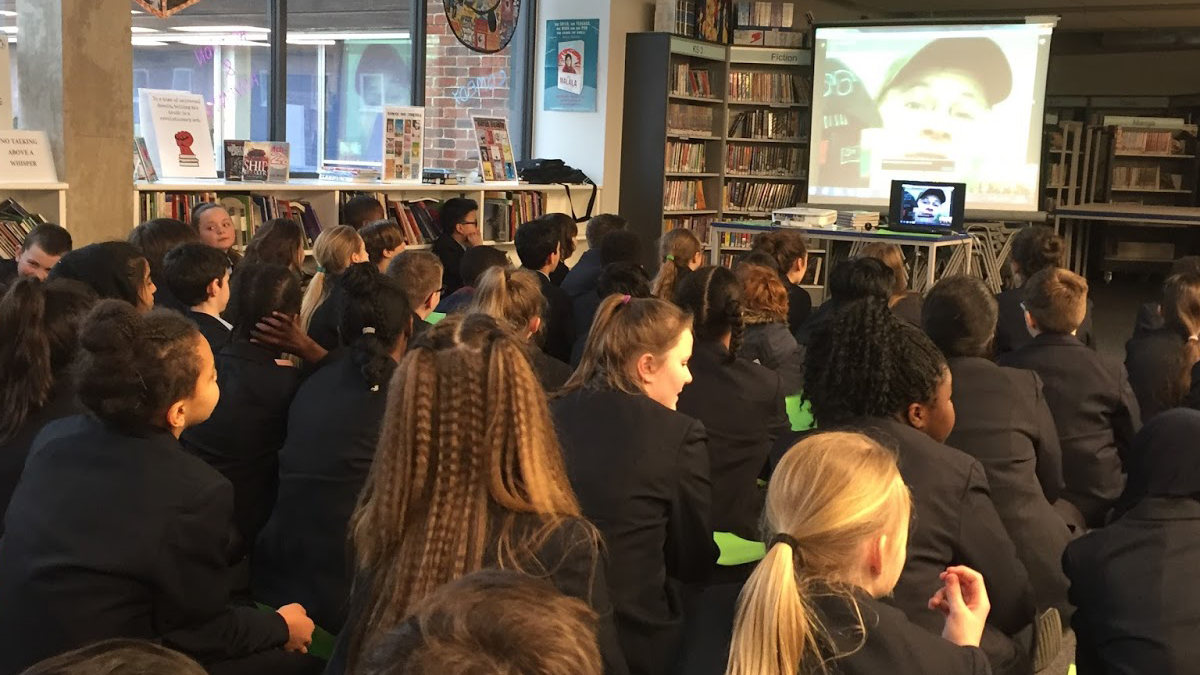Alex Wheatle on his love for libraries
'Without libraries, I would never have become a writer'
Alex Wheatle, author of Liccle Bit and Crongton Knights, tells us about everything libraries have done for him.
A library in a shopping centre
Lisa Mitchell on ‘The BIG Little Library’ in Liverpool
Here’s proof of the magic that can happen when a community comes together to help everyone find the time to read.
Best libraries in fiction
From classics to new gems
The perfect reads for all library lovers aged 12 and above.










